Artist Painting Tools
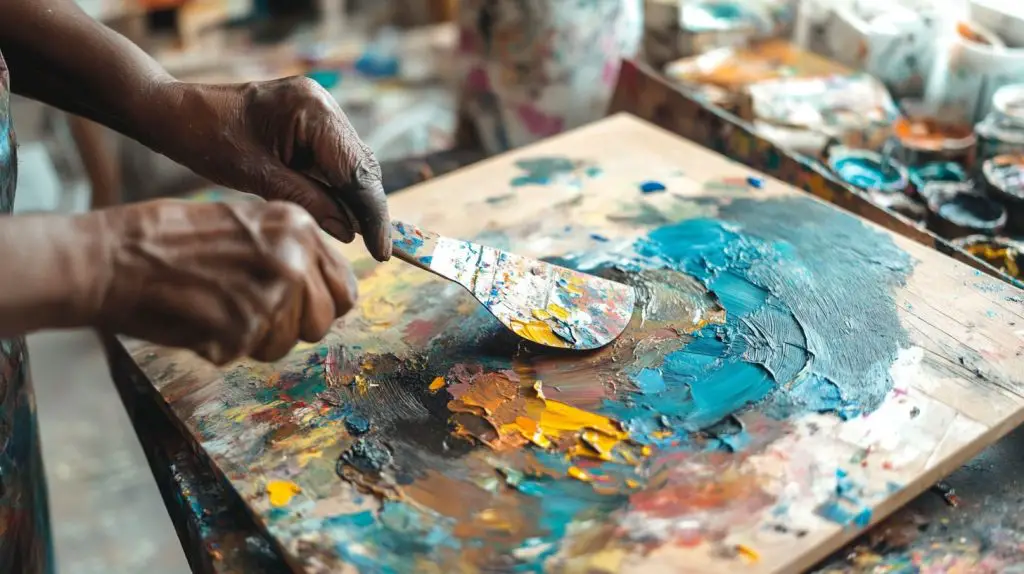
Finding the right paint tools can be hard. One fact is clear: having the best tools makes painting easier and more fun.
This article will show you the must-have artist painting tools. Read on to discover them!
Key Takeaways
- Painters need different brushes and knives for various effects. Round, bright, flat, filbert, fan, angular, and liner brushes are key. Palette knives help mix colors and create textures.
- Palettes are important for mixing paints. Wood is good for oil paints; glass and plastic suit other types. The Sta-Wet Handy Palette keeps paints moist.
- Color wheels show how colors mix. They help artists find colors that look good together.
- Tools like sponges and color shapers add special textures. Tube wringers save paint by squeezing out every bit.
- Choosing the right tools can make painting easier and more fun. It helps artists use paint wisely and keep their work fresh.
Table of Contents
Essential Brushes and Knives
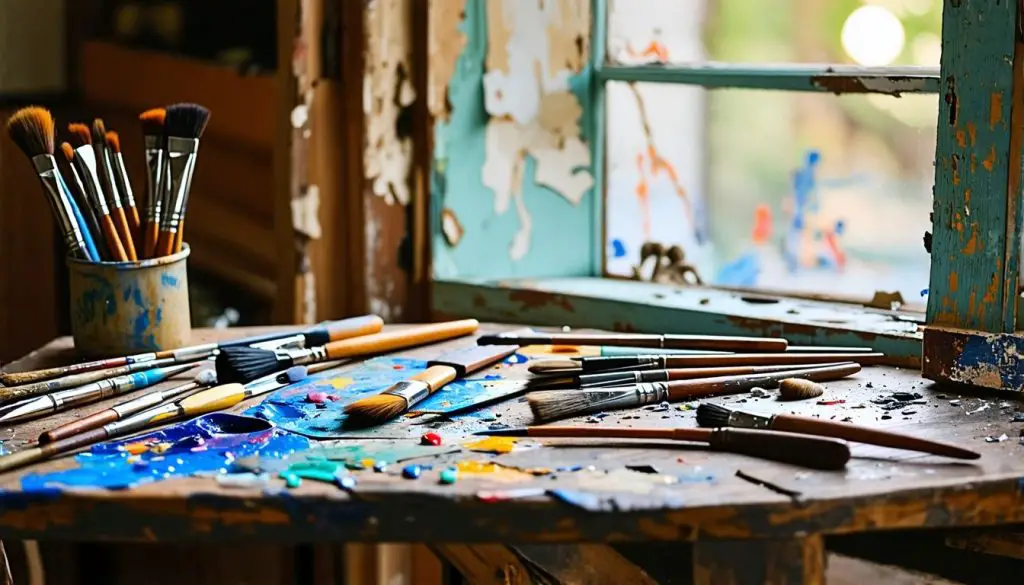
Every painter needs the right tools to bring their vision to life. Brushes and knives play a big part in this, from tiny details to bold textures.
Types of Brushes: Detailing to Broad Strokes
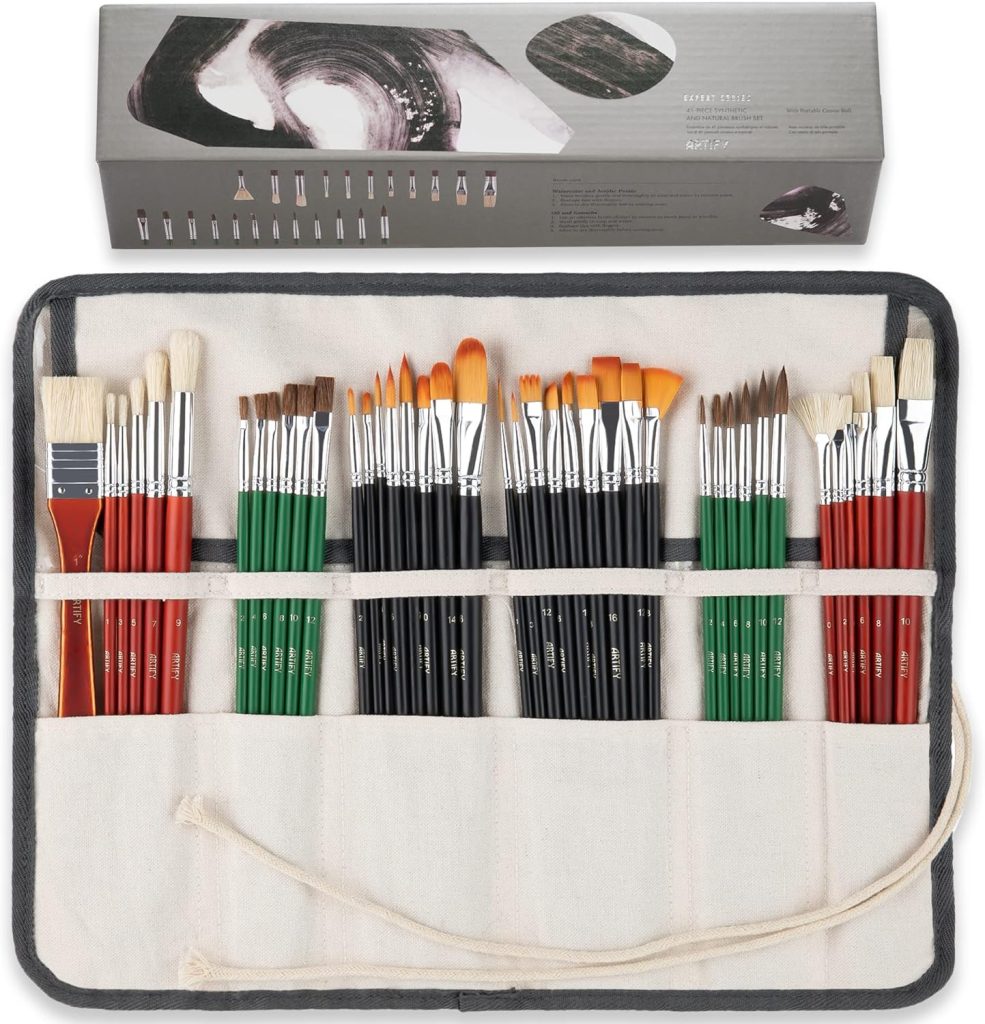
Brushes play a big role in painting. They help artists create everything from tiny details to wide strokes. Here’s a list of brushes that every painter should have:
- Round Brushes: These are perfect for details. With their pointed tip, artists can make fine lines and small details.
- Bright Brushes: Their flat shape with curved edges helps make thick to thin strokes. Good for bold moves in paintings.
- Flat Brushes: Ideal for filling large areas with color. They make broad and even strokes.
- Filbert Brushes: These have an oval shape, great for blending and soft edges. They work well for portraits.
- Fan Brushes: Good for textures like grass or hair because of their spread bristles.
- Angular Brushes: Their angled bristles are good for sharp lines and curves around tight spaces.
- Liner Brushes: Also known as script brushes, they’re used for long, thin lines.
Each brush size has a number; bigger numbers mean bigger brushes. How hard you press the brush also changes its mark – more pressure means wider marks.
Certain brushes work best for specific sharp lines and edges.
So, these tools should be in every artist’s toolkit to help cover all aspects of painting – from tiny dots to large background areas.
Palette and Painting Knives: Mixing and Texturing Techniques
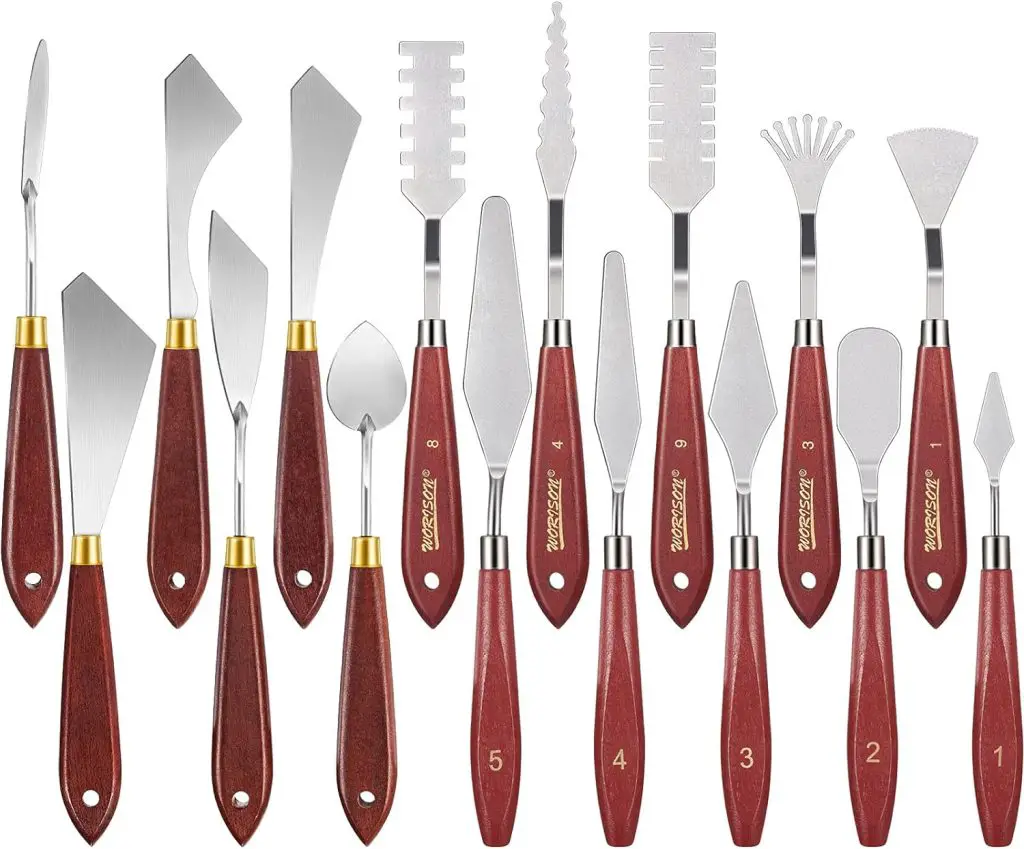
Moving from brushes, we now explore palettes and painting knives. These tools are key for mixing colors and creating textures.
- Palette knives have different shapes and sizes. This helps artists avoid making the same patterns over and over.
- Artists like Van Gogh and Picasso used palette knife techniques in their artworks. This shows how important these tools are.
- Mixing oil paint with cold wax makes the paint thicker. It also makes the paint dry faster.
- With a palette knife, you can make a painting feel three-dimensional. This is known as an impasto effect.
- You can use transparent paints in layers to make a painting look deeper. This method is called scumbling.
- Palette knives are not just for mixing colors on your palette. You can also use them to put paint on your canvas in unique ways.
- Because of their versatility, palette knives allow artists to experiment with different textures in their paintings.
- When choosing a palette knife, think about the kind of marks you want to make in your painting. There’s a tool for every effect.
- Not using the same knife shape for all your work helps your pieces stand out more.
- Finally, learning to use these knives well can take some practice, but they will soon become an essential part of your art toolkit.
These simple yet powerful tools help artists bring their visions to life with precision and creativity.
Palettes and Palette Accessories
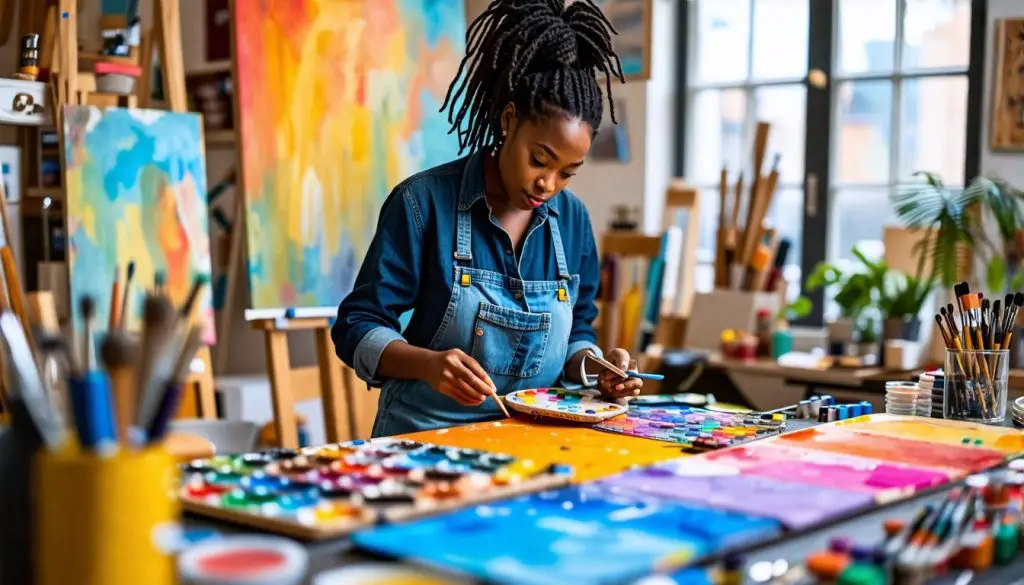
Choosing the right palette is key for any artist, whether you work with oil or watercolor.
They come in various materials and sizes, plus tools like a Sta-Wet Handy Palette that help keep your colors fresh.
Watercolor and Oil Palettes: Choosing the Right Material and Size
Wood palettes are favored for oil paints. Over time, they develop a pleasing appearance, though they can be heavy.
Glass versions are simple to maintain and are favored by a significant number of artists.
For outdoor usage, plastic variants are ideal due to their lightweight feature. Importantly, the selection of adequate shape and size is vital.
Following this, we’ll discuss maintaining the moisture of your paints using the sta-wet handy palette and accessories.
Sta-Wet Handy Palette & Accessories for Keeping Paints Fresh
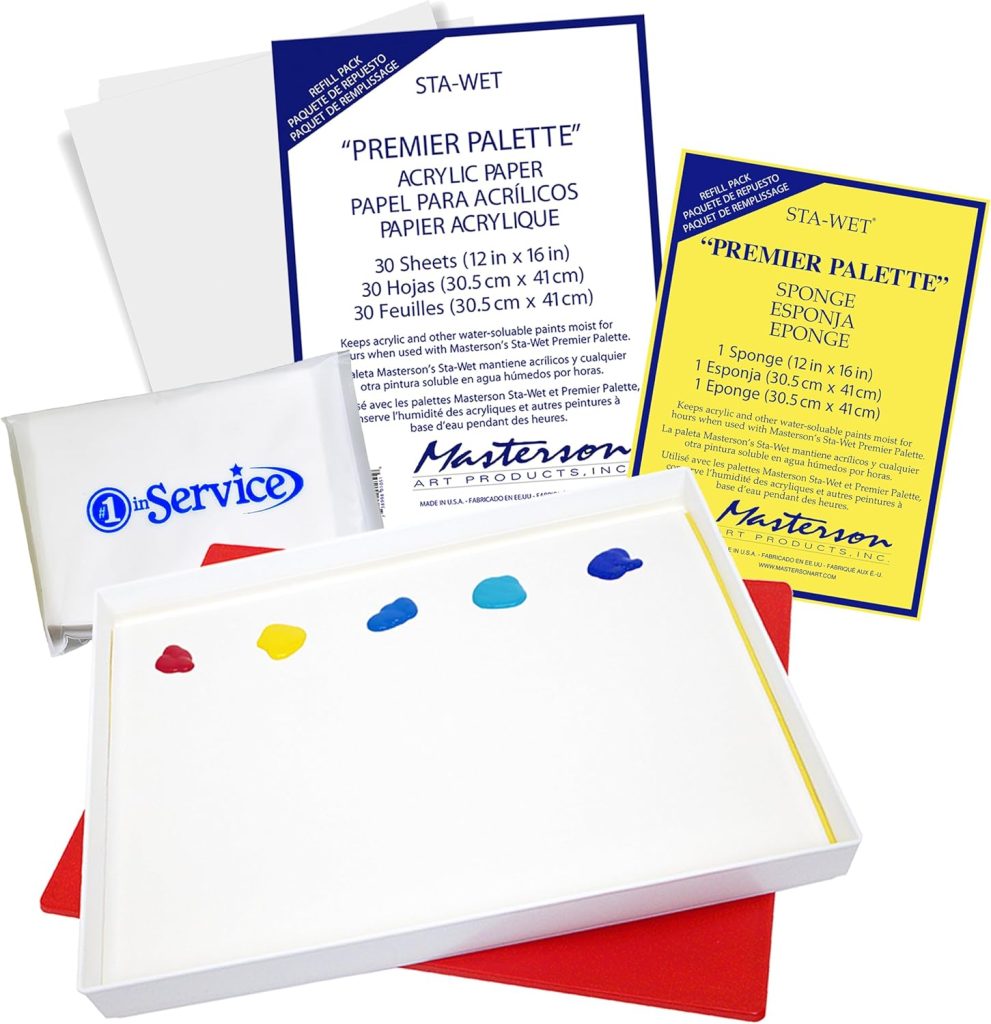
The Sta-Wet Handy Palette is a must-have for artists who use acrylics, watercolors, or gouaches. It measures 8-1/2 inches by 7 inches.
This palette comes with five sheets of special paper and a sponge to keep your paints moist.
This means your paints can stay wet for days or even weeks. No more dried-out paint and wasting money.
This palette also has refill packs available. These include three eco-friendly cellulose sponges.
So, you can always have what you need to keep your paints in the best condition. After discussing palettes, let’s talk about color guides and mixing tools next.
Color Guides and Mixing Tools
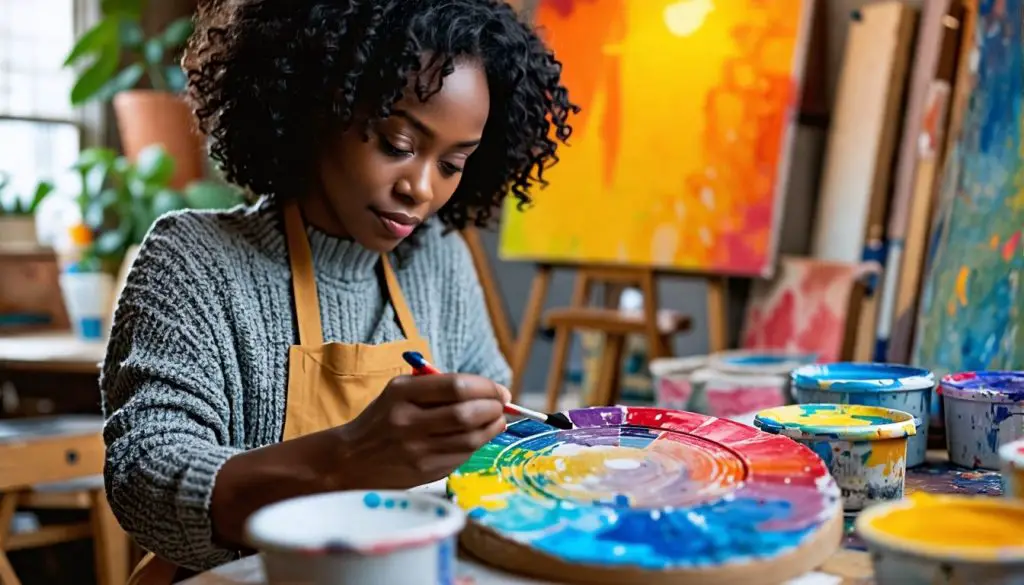
Color wheels show how colors mix and match. Mixing guides help get the exact shade you want.
Color Wheels: Essential for Understanding Color Relationships
A color wheel is a tool that shows how colors mix. It has 12 parts. The primary colors are red, blue, and yellow.
Orange, green, and purple are the secondary colors. This wheel helps artists see which colors work well together.
There are four main types of color schemes: monochromatic, analogous, complementary, and triadic.
Using a color wheel makes it easier for painters to try different mixes. They learn how colors interact by doing this over time.
Art students and educators find the color wheel very helpful in understanding these relationships between hues.
This knowledge is key for creating art that catches the eye.
Mixing Guides: Precision in Achieving Desired Colors
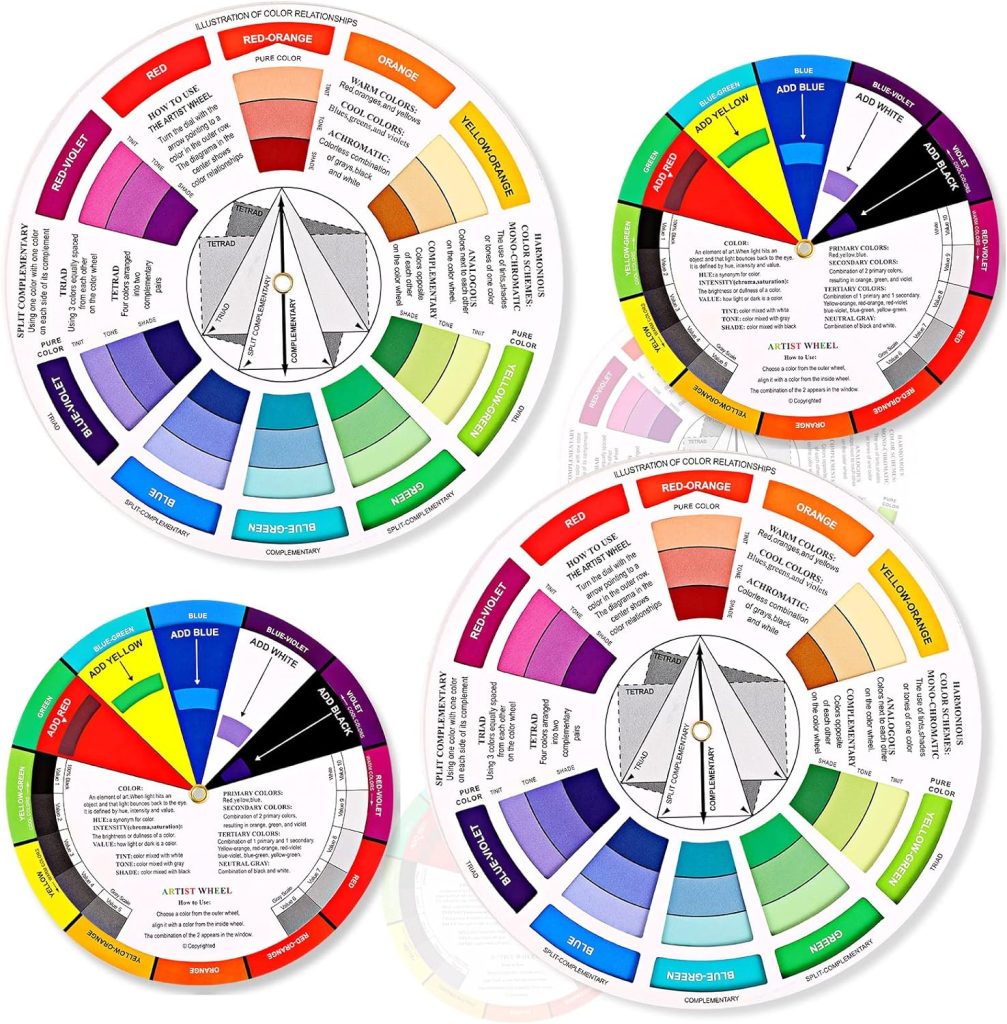
Mixing guides help artists get the right colors. They show how to mix paints using a palette knife for accuracy.
It’s good to mix more paint than you think you need. This keeps the color the same all through your work.
Mixing red, blue, and yellow can give you earth tones.
Art tools like color wheels are key for understanding how colors work together. These tools let painters see which colors will blend well or contrast sharply.
Innovative Painting Tools
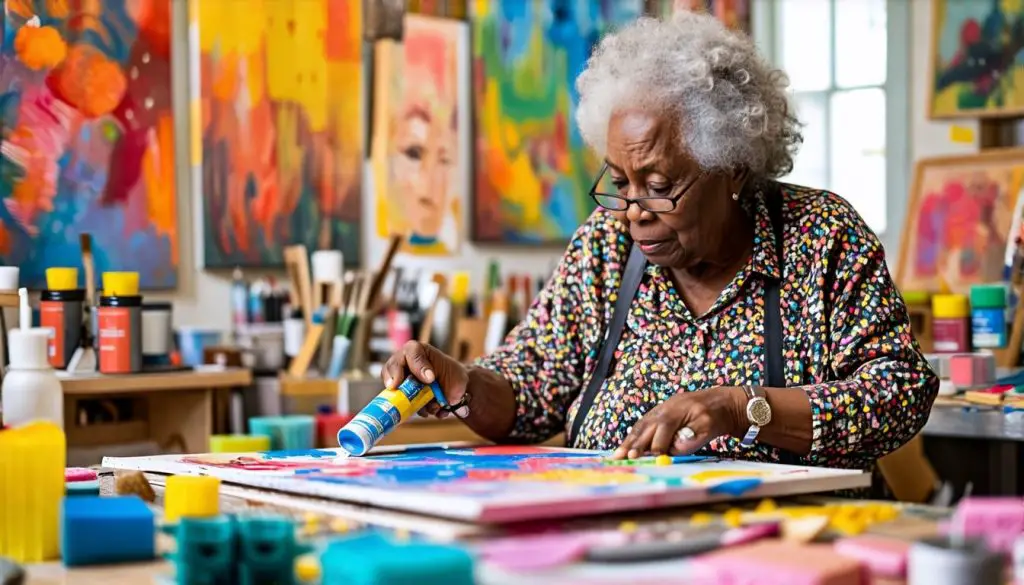
Within the art domain, maintaining novelty in your work implies experimenting with new elements.
Instruments such as sponges and tube wringers can contribute unique effects or conserve paint.
Sponges and Color Shapers: For Unique Textures and Effects
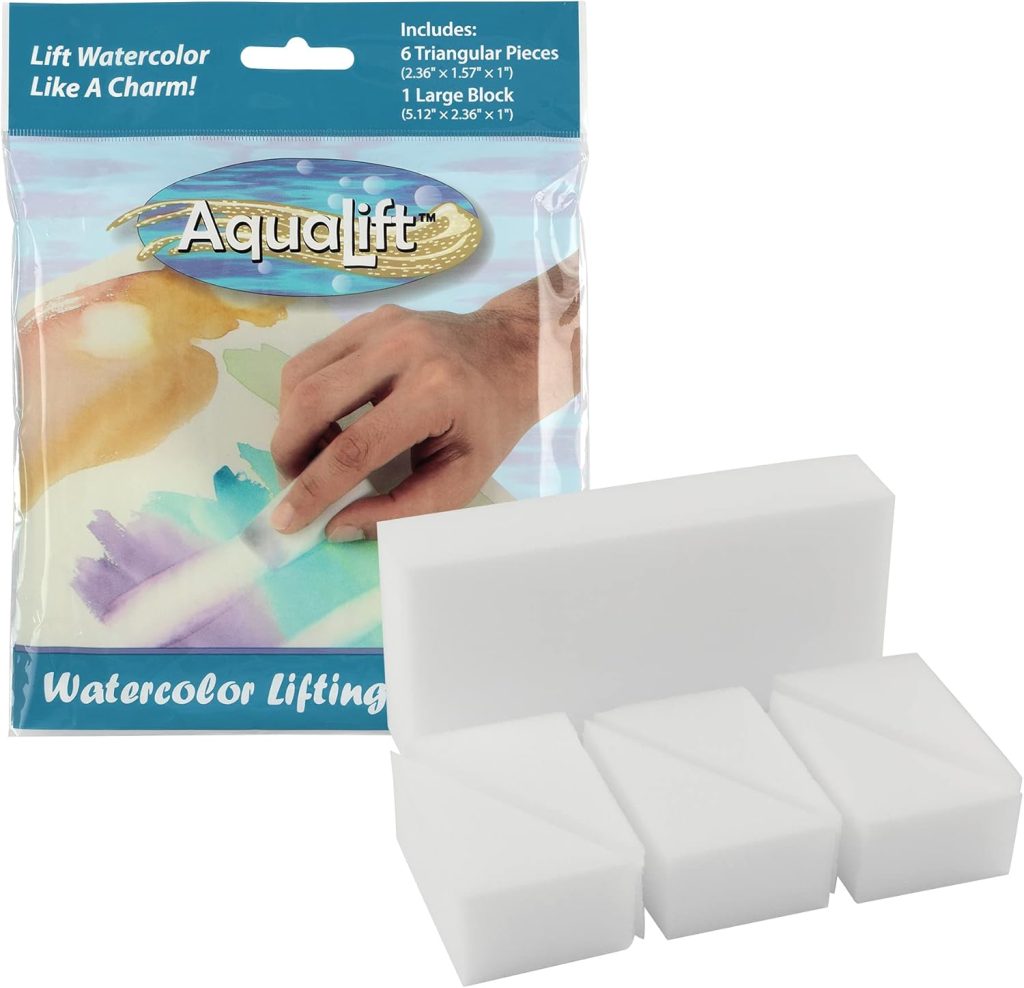
Artists can use sponges and color shapers to add special effects. These tools help mix colors and create textures.
- Makeup sponges can be cut into shapes for soft blending.
- Color shapers come in different sizes and firmness, made from silicone.
- Use a sponge for dabbing paint to make cloud or foliage effects.
- Color shapers work well for fine details like lines or wrinkles.
- With a color shaper, you can push paint around without absorbing it.
- Sponges are good for covering large areas quickly with paint.
- Silicone color shapers clean up easily, so you can switch colors fast.
- You can also lift off unwanted paint with a clean sponge.
- Some artists use sponges to add texture to underwater scenes or rocks.
- For smooth gradients, drag a color shaper lightly across the surface.
These tools offer new ways to apply paint and blend colors on your canvas.
Tube Wringers: Efficient Use of Paint Tubes
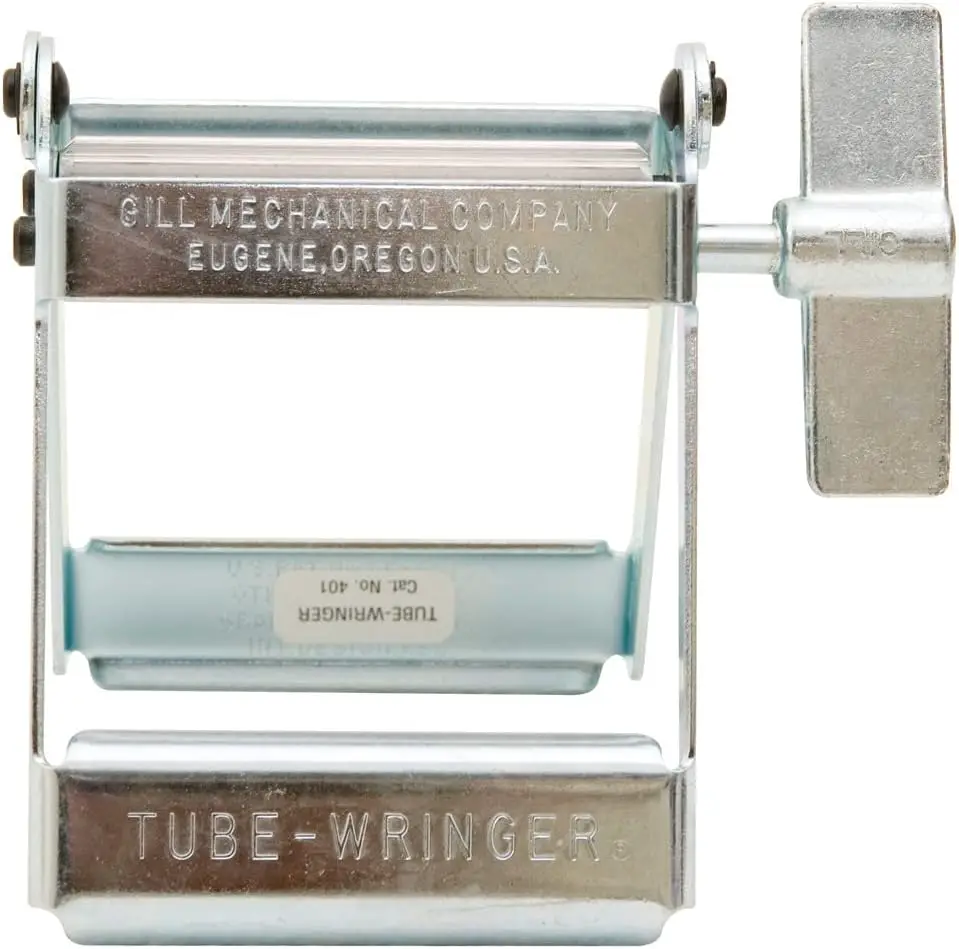
Moving on from sponges and color shapers that add unique textures, let’s talk about tube wringers.
These tools are lifesavers for artists who use tubes of paint. They squeeze every last bit of paint out.
This way, you waste less and save more.
Cheap Joe’s Tube Wringers start at just $8.99. Many people love them, giving a high rating of 4.9 out of 5 stars from 294 reviews. A tube wringer can get up to 1/3 more product out of each tube.
Think about how much paint that saves over time!
Concluding Thoughts on Artist Painting Tools
Every painter needs good tools. Brushes, knives, palettes, and color guides help you make art better.
They let you mix colors just right and add unique touches to your work. Tools like sponges and tube wringers save paint and money.
Getting the right supplies means more time to create and less worry about running out or wasting materials.
Choose wisely, use them well, and see your paintings improve!
FAQs About Artist Painting Tools
1. What are some essential artist painting tools every painter should have?
Every painter needs a selection of versatile artist painting tools like a brush set, roller, scraper, and paintbrush. They also need paints such as acrylic, watercolor and gouache paints.
2. Are there any specific tools for sketching in the art materials list?
Yes! Tools for artists who enjoy sketching include pencils and erasers. You might also find a divider useful for contour drawing or shading sketches.
3. Can you tell me more about the use of mahl sticks in fine art?
A mahl stick is an important tool used by painters to steady their hands while working on details in their artwork – whether it’s an oil or acrylic piece.
4. How do I choose the right paint brushes from the wide selection available?
When browsing through a wide selection of paint brushes, consider your medium – synthetic bristles work well with acrylics while soft bristle ones are great for oils.
5. What is included in a beginner’s tool kit for painting?
A beginner’s tool kit would typically include basic painting supplies like paintbrushes, roller, pigment-rich paints (acrylic is often recommended), canvas and perhaps even palette knives used to mix colors on your painting palettes.
6. Is there anything else I need to create my next new painting?
Don’t forget about texturizing tools that can come in handy when creating variety of marks on your works of art! Also, consider having droppers if you’re using wet media; they can help control the amount of color on your palette.
References
- https://www.cheapjoes.com/blog/painting-essentials-a-guide-to-different-types-of-paint-brushes
- https://www.kiyary.com/blog/all-you-need-to-know-about-art-painting-brushes (2024-04-18)
- https://www.milanartinstitute.com/blog/palette-knife-painting-techniques (2024-05-22)
- https://garnerwildlifeart.wordpress.com/2022/04/29/discover-the-benefits-of-painting-knives/ (2022-04-29)
- https://www.artistsacademy.com/post/choosing-the-right-palette (2022-04-19)
- https://watercolormisfit.com/how-to-choose-a-watercolor-palette/
- https://www.cheapjoes.com/sta-wet-handy-palette-accessories.html?srsltid=AfmBOooPcuVpgExD4vRg4p-fVG53heD74pErW3cr3_egYbCZDo1F_Wsj
- https://www.cheapjoes.com/sta-wet-handy-palette-accessories.html
- https://www.chuckblackart.com/blogs/the-painters-block/what-is-the-color-wheel-the-importance-of-learning-the-color-wheel?srsltid=AfmBOoorjqbqpgvXpLEGgGE0ODCMgGEuJVxmeaDIEhw0wvLeP24DPKZs
- https://carringtonmoorestudio.com/blogs/news/color-mixing?srsltid=AfmBOoo4rT9A7pdHU0qm3Ig-TEMVLDkGQnIJnZzqPvXEzTLU1EBzEud8
- https://www.muddycolors.com/2022/01/color-theory-part-4-mixing-paint/ (2022-01-22)
- https://createfulart.com/blog/main/how-to-mix-paint-colors-and-get-the-correct-color-every-time
- https://www.wetcanvas.com/forums/topic/smooshing-blending-tools-for-paint/
- https://www.melissaellenfink.com/blog/my-favorite-series-4-color-shapers
- https://www.amazon.com/Tube-Wringer-Metal-401-Tube-Wringer/dp/B003JO3I8A
- https://www.tubewringer.com/7-useful-artists-tools/ (2019-02-20)
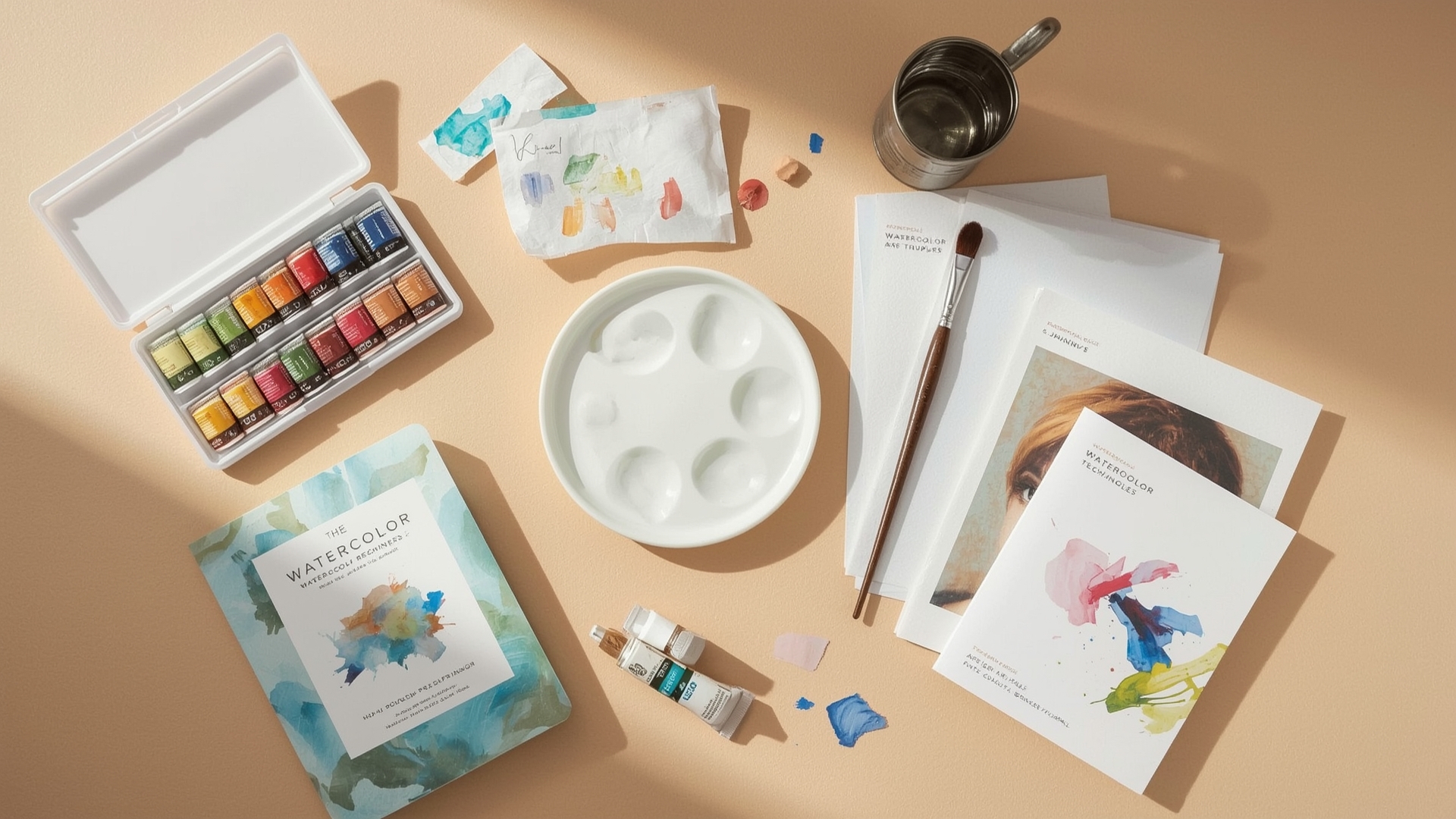
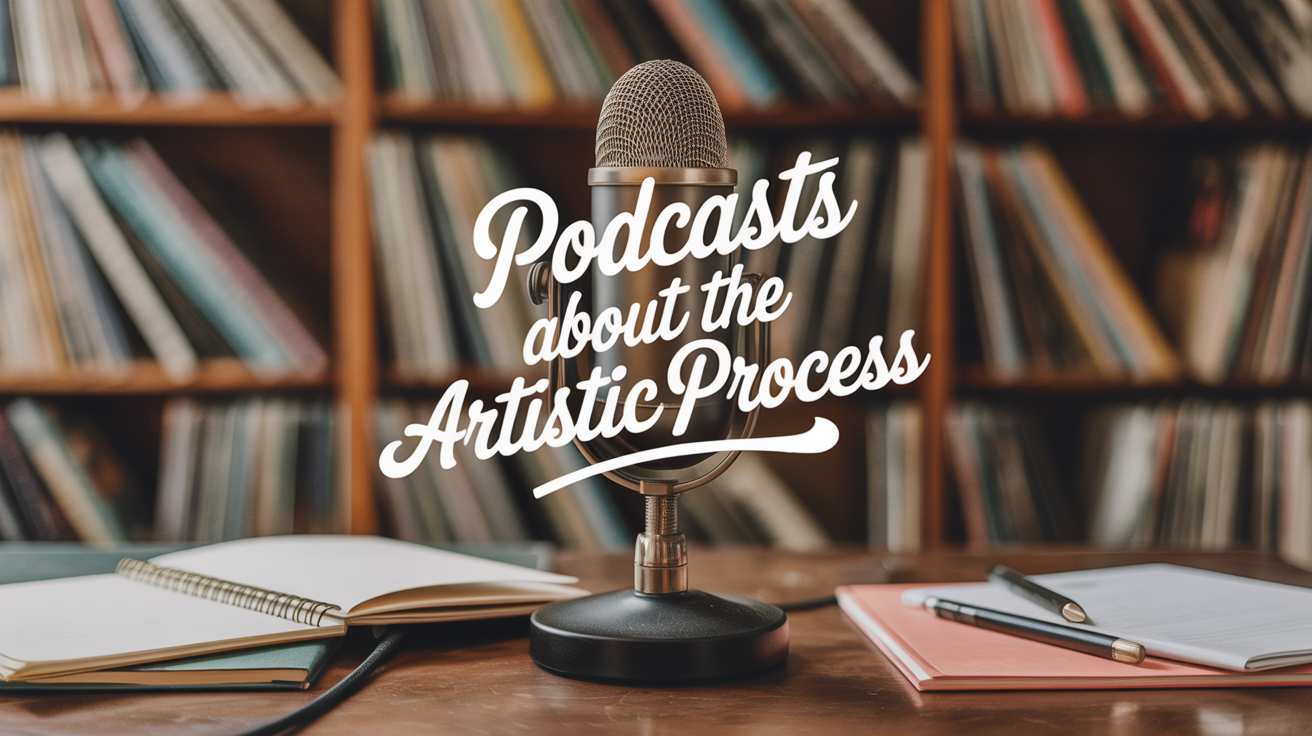
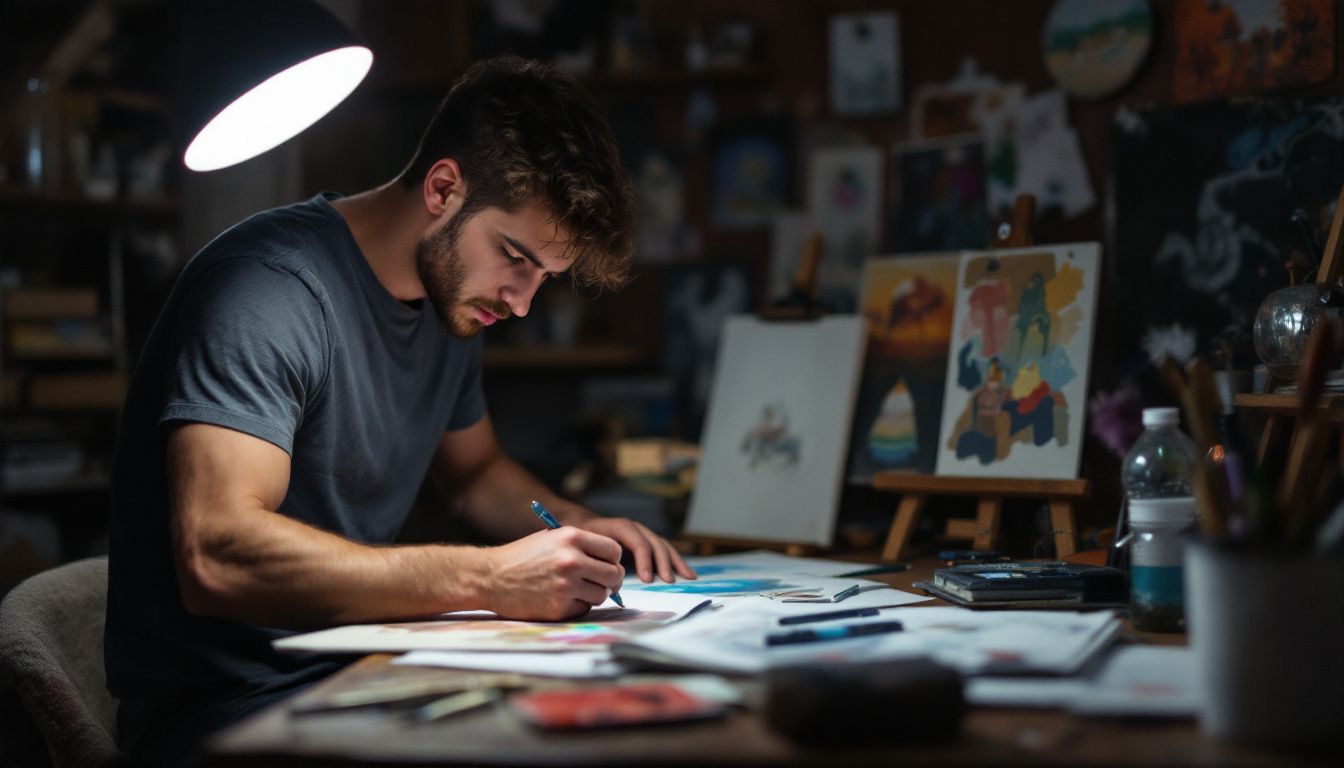
Leave a Reply